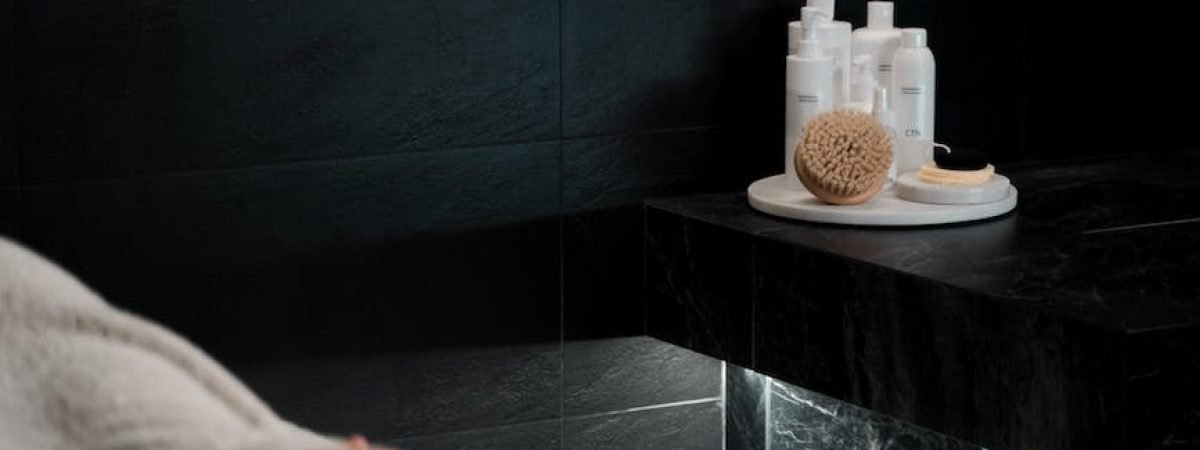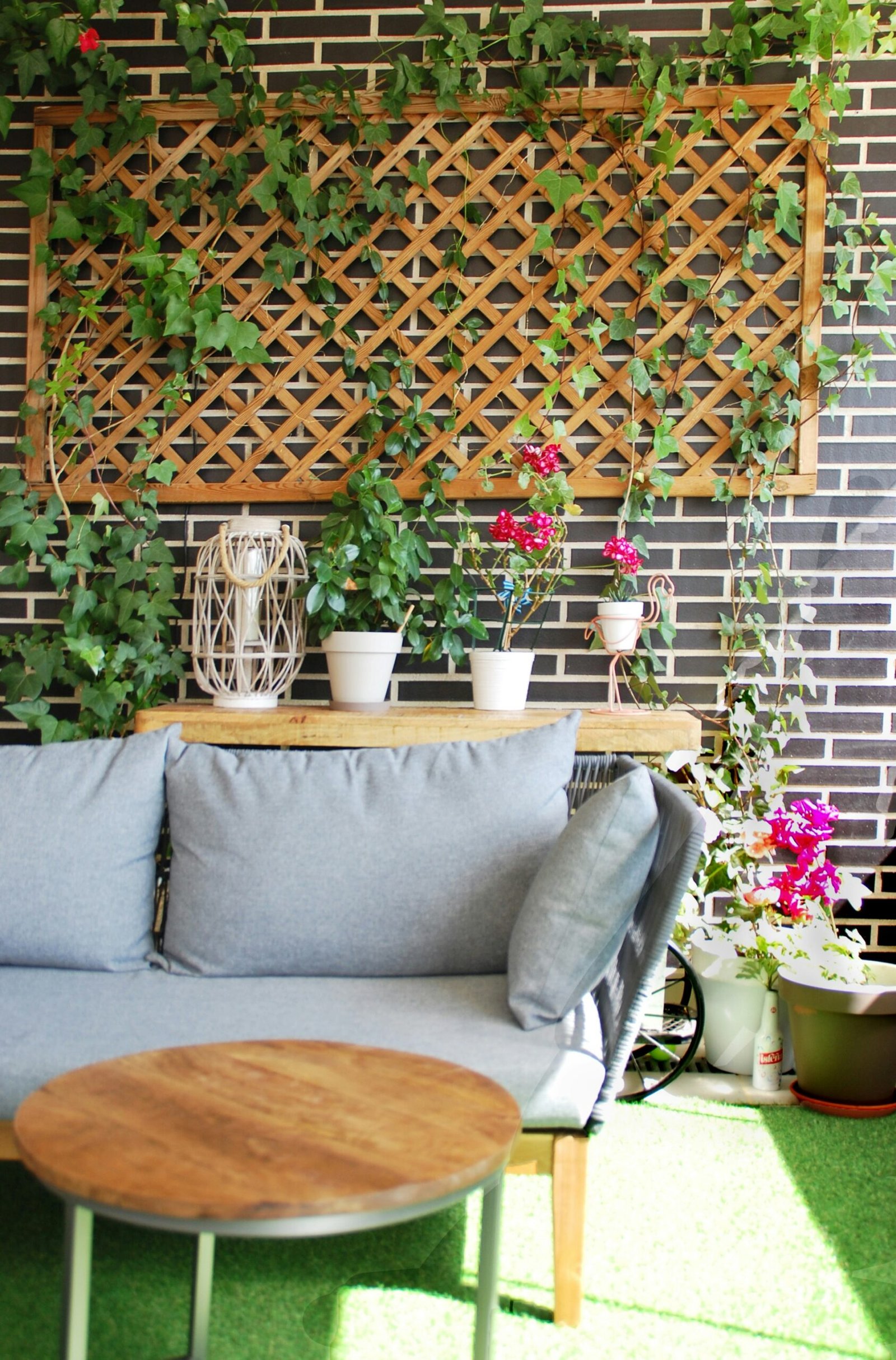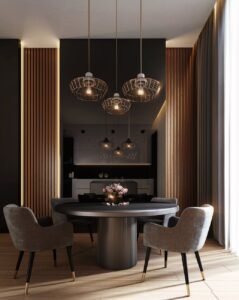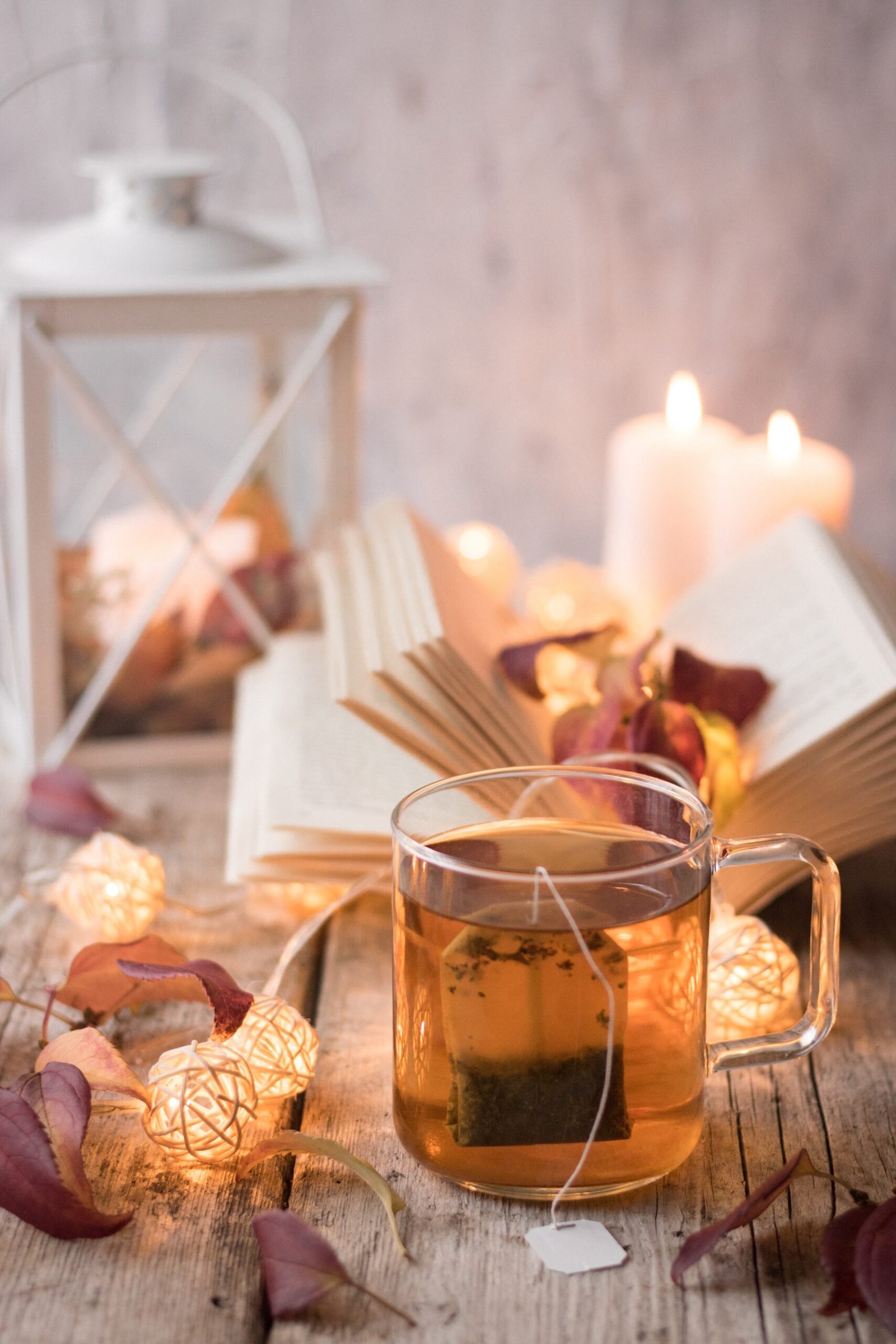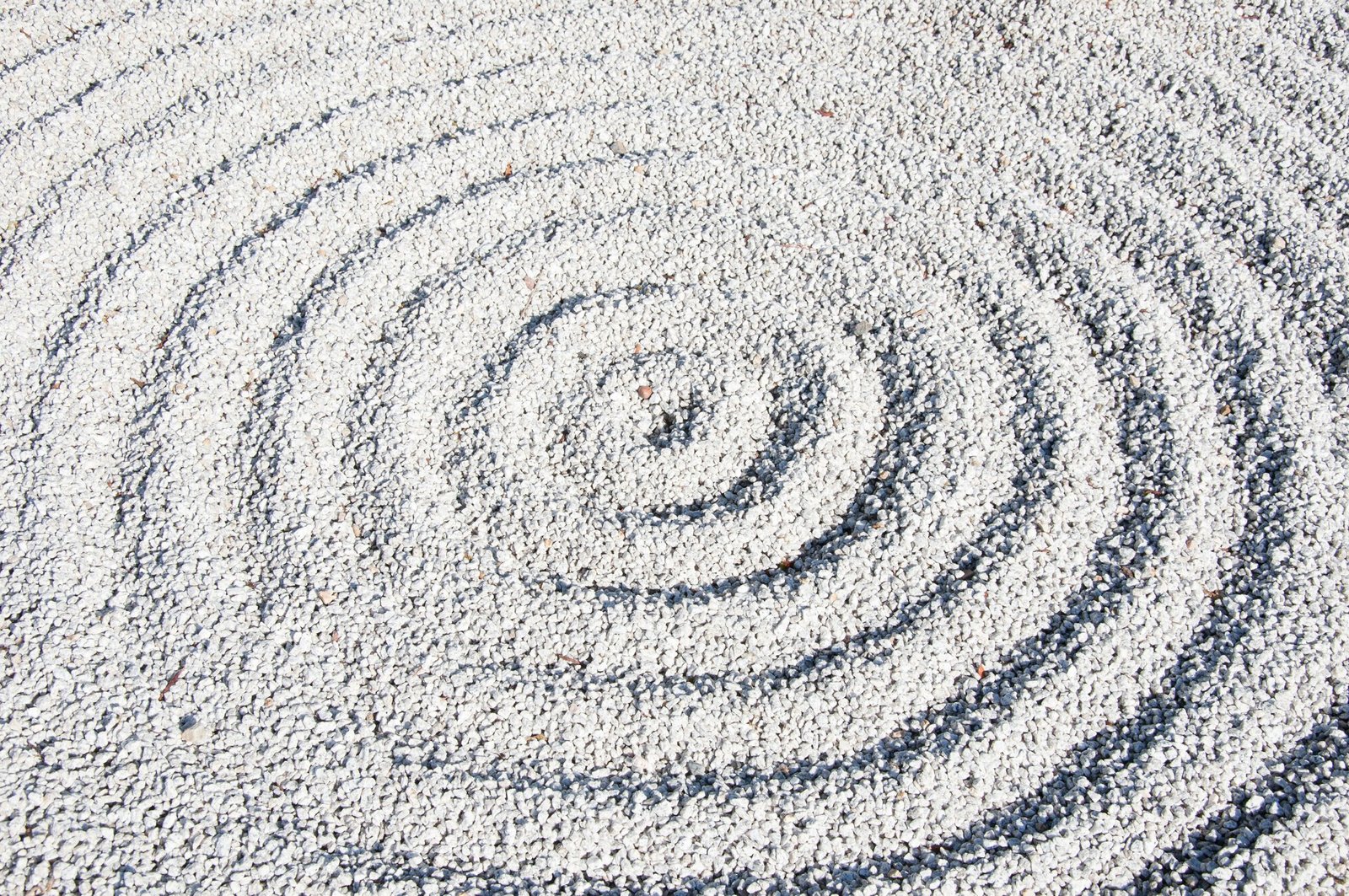Our homes are our sanctuaries, the places where we can truly relax and unwind. But have you ever wondered why certain spaces make you feel more relaxed than others? The answer lies in the psychology of home design.
Creating a relaxing space is not just about choosing the right colors and furniture. It’s about understanding how our environment affects our mood and well-being. In this blog post, we will explore the psychology behind home design and provide you with practical tips on how to create a relaxing space in your own home.
The Power of Colors
Colors have a profound impact on our emotions and can greatly influence our mood. When it comes to creating a relaxing space, it’s important to choose colors that promote calmness and tranquility. Soft, cool colors such as blues, greens, and lavenders are known to have a soothing effect on the mind and body. These colors can help reduce stress and anxiety, making them perfect for bedrooms and living rooms.
On the other hand, warm colors like reds, oranges, and yellows can evoke feelings of energy and excitement. While these colors have their place in home design, they are not ideal for creating a relaxing space. If you want to incorporate warm colors into your home, consider using them as accents rather than dominant hues.
The Impact of Lighting
Lighting plays a crucial role in creating a relaxing atmosphere in your home. Natural light is always the best option, as it has been shown to improve mood and increase productivity. If possible, maximize the amount of natural light in your space by keeping windows unobstructed and using light-colored curtains or blinds.
When it comes to artificial lighting, opt for soft, warm lights rather than harsh, bright ones. Soft lighting creates a cozy and inviting ambiance, perfect for relaxation. Consider using dimmer switches or lamps with adjustable brightness to create the desired mood in each room.
The Importance of Organization
A cluttered and disorganized space can contribute to feelings of stress and anxiety. On the other hand, an organized and clutter-free environment can promote a sense of calm and relaxation. Take the time to declutter your home and create designated spaces for each item.
Invest in storage solutions such as bins, baskets, and shelves to keep your belongings organized. Make it a habit to regularly declutter and get rid of items that you no longer need or use. By creating an organized space, you’ll not only reduce stress but also make your home more visually appealing.
The Role of Nature
Bringing elements of nature into your home can have a profound impact on your well-being. Research has shown that being in nature or even just looking at natural elements can reduce stress and improve mood. Incorporate natural elements into your home design, such as houseplants, natural materials like wood and stone, and nature-inspired artwork.
Houseplants not only add beauty to your space but also purify the air and increase humidity, creating a healthier indoor environment. Choose low-maintenance plants like snake plants, pothos, or peace lilies if you’re new to gardening.
Creating a Relaxing Bedroom
Your bedroom should be a haven of relaxation and tranquility. Start by choosing calming colors for your walls and bedding. Opt for soft, breathable fabrics like cotton or linen for your sheets and pillowcases.
Invest in a comfortable mattress and pillows that provide adequate support for your body. Keep your bedroom clutter-free and create a cozy reading nook or seating area where you can unwind before bed.
Consider incorporating aromatherapy into your bedroom design. Lavender, chamomile, and jasmine are known for their calming properties. Use essential oils, candles, or linen sprays to create a soothing atmosphere.
In Conclusion
Creating a relaxing space in your home is essential for your overall well-being. By understanding the psychology of home design and implementing the tips mentioned in this blog post, you can transform your home into a sanctuary of relaxation and tranquility. Remember, it’s not just about the aesthetics – it’s about creating an environment that supports your mental and emotional well-being.

